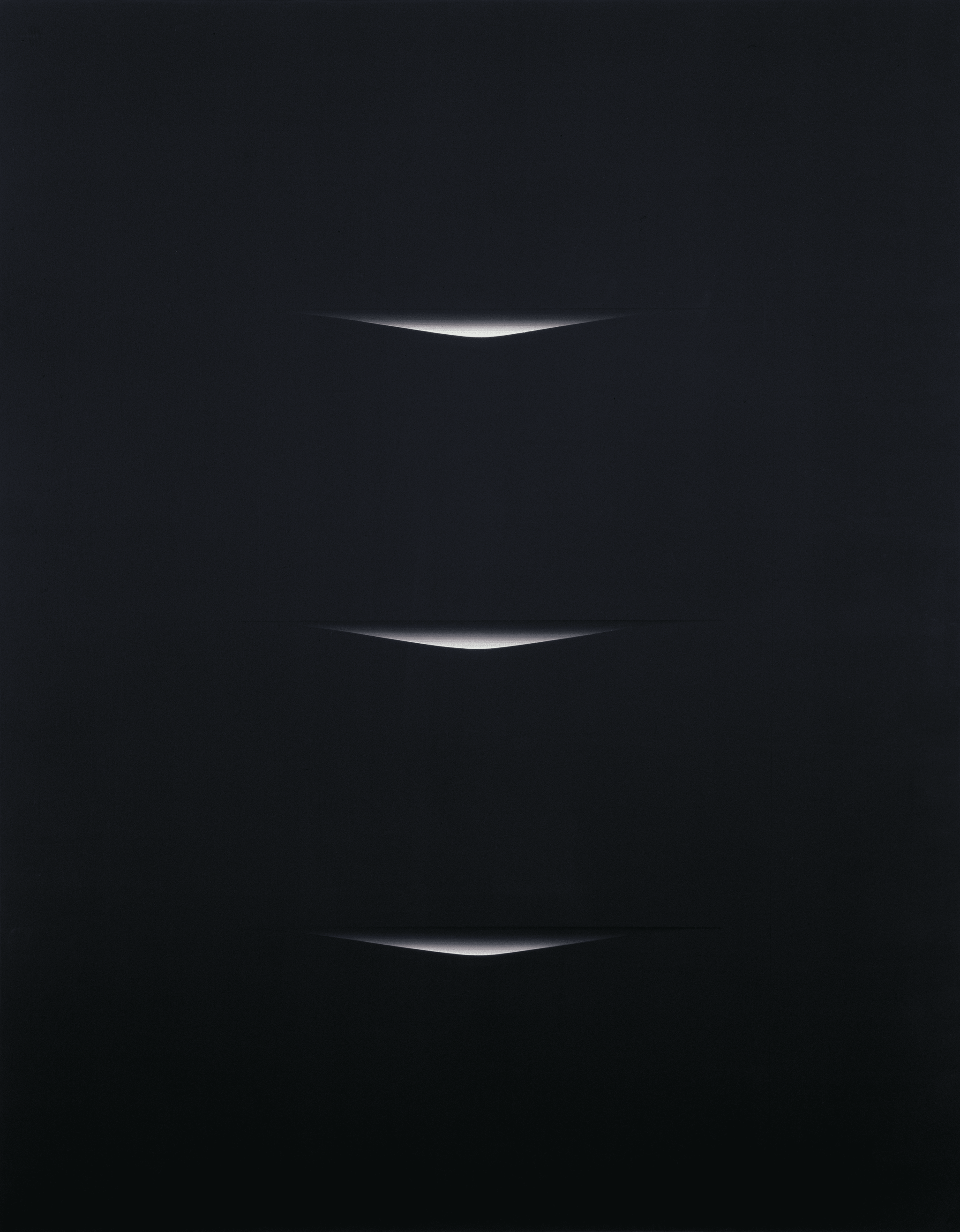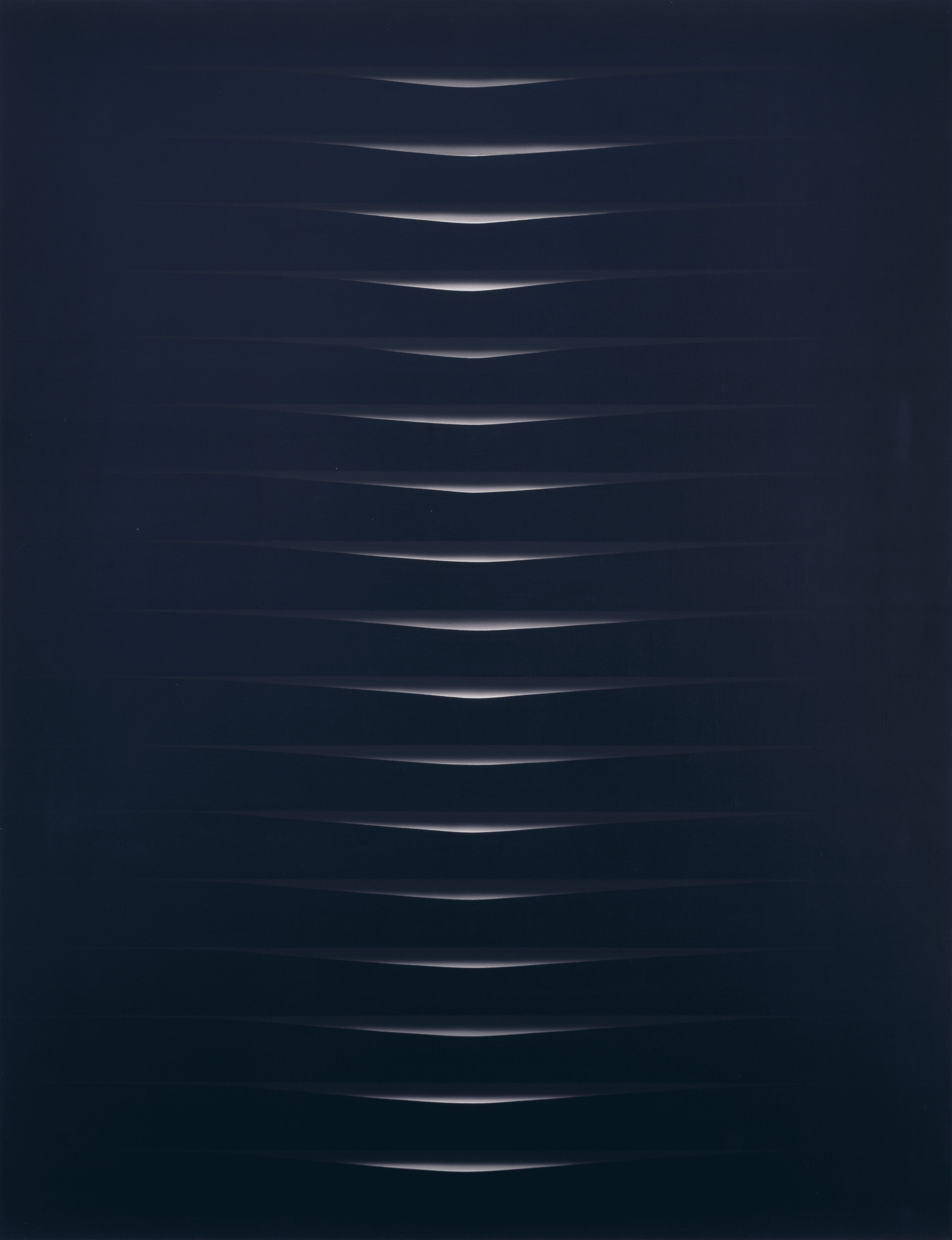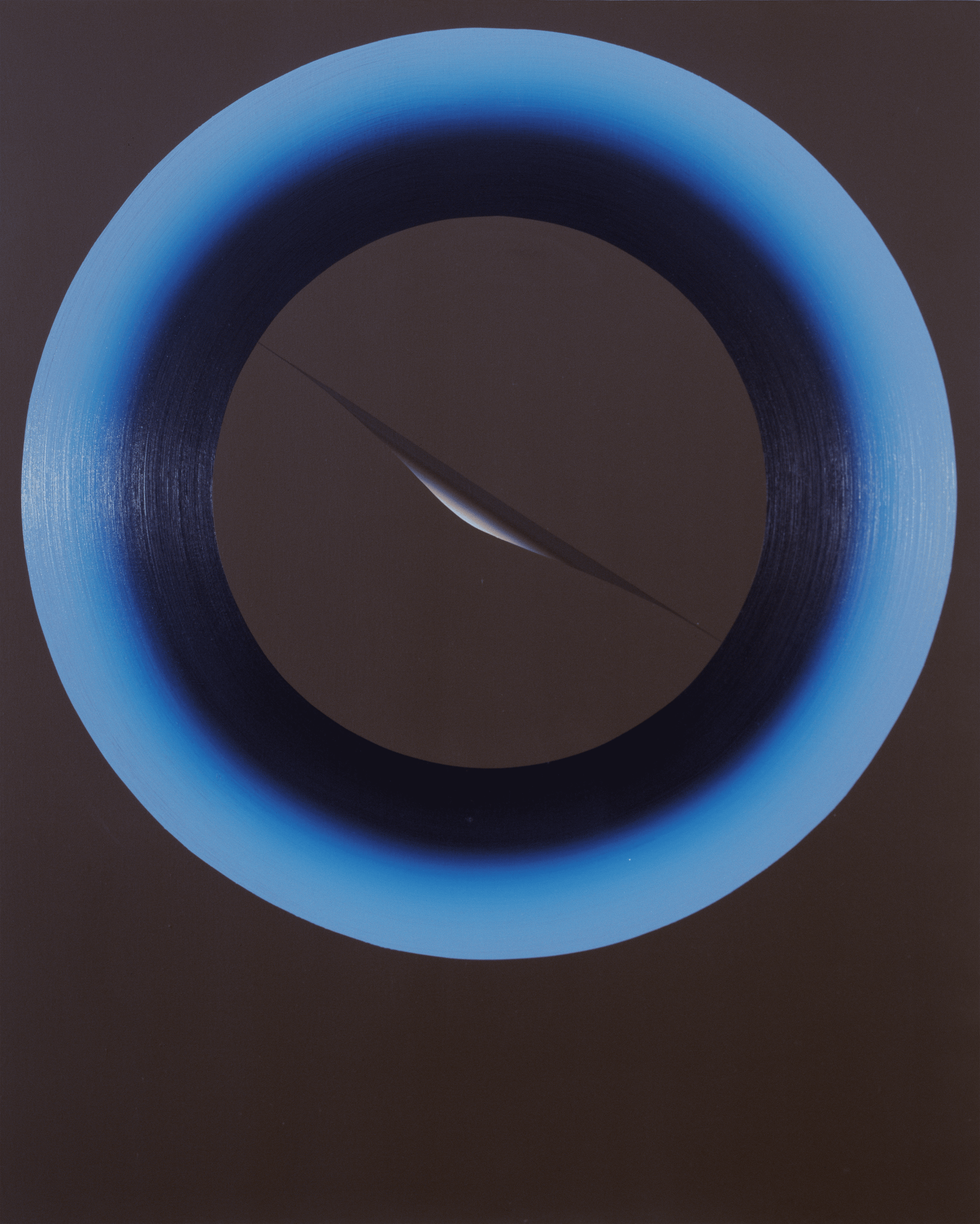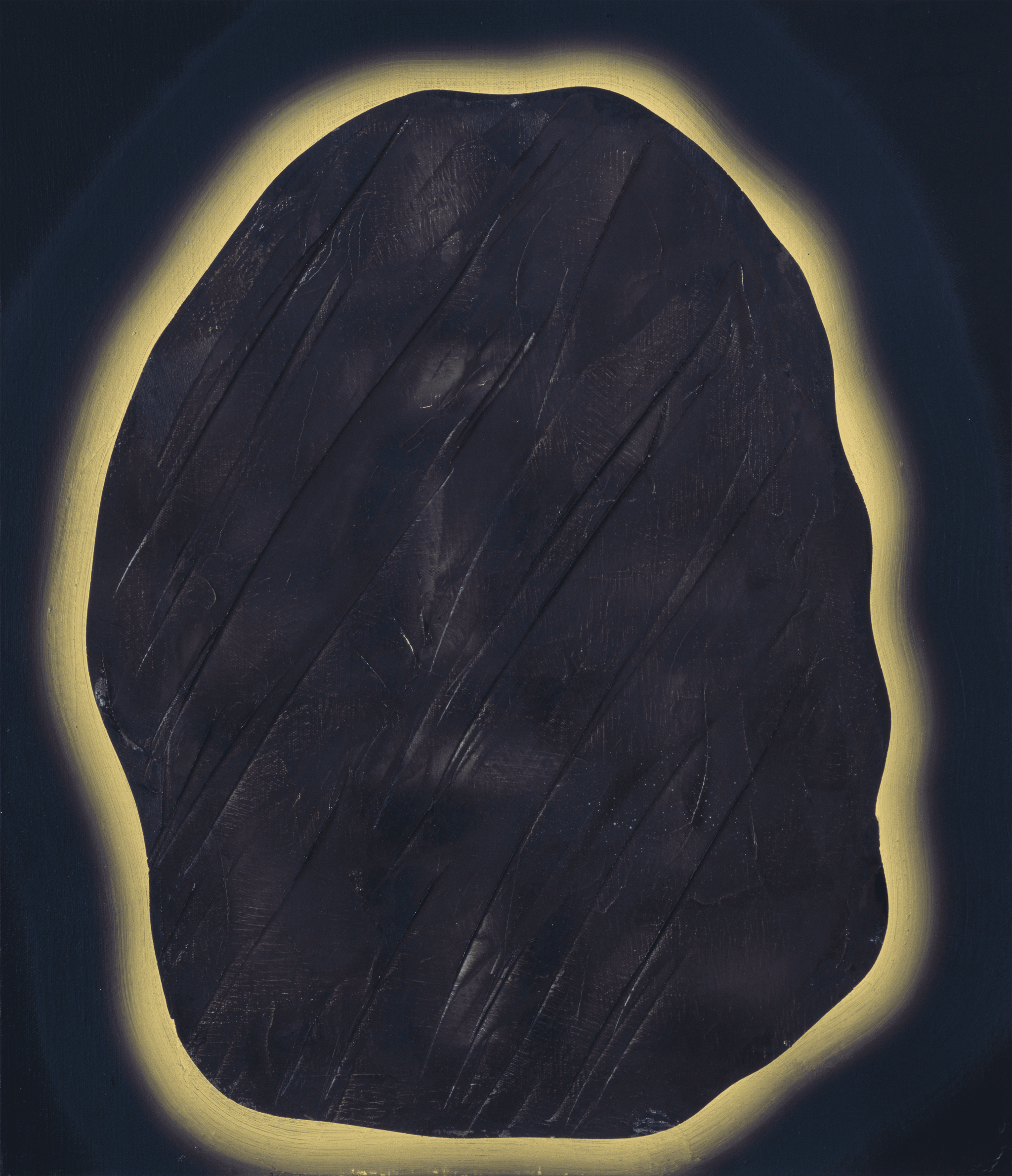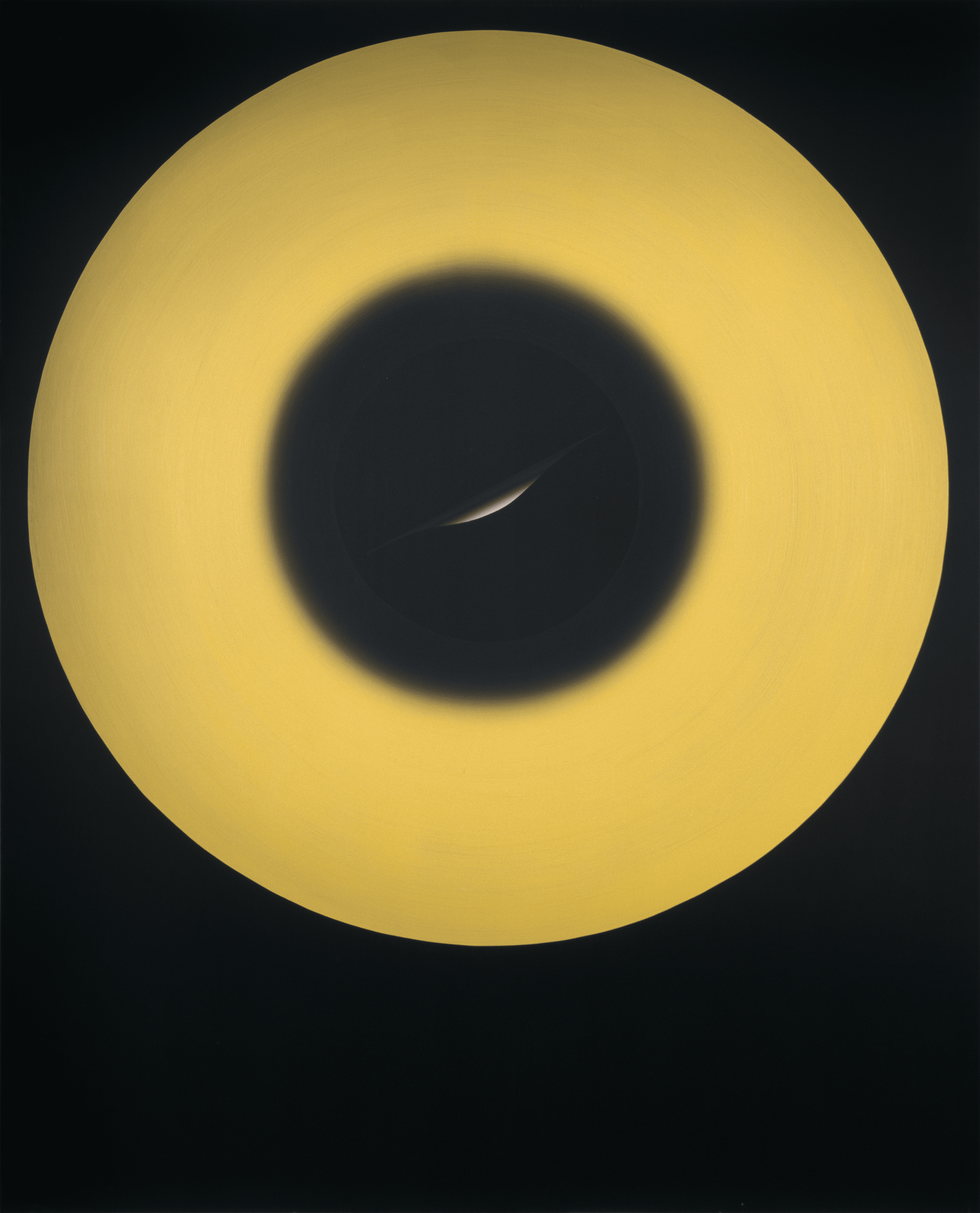Lee Tae Hyun
Lee Tae Hyun is a pioneer artist who has continuously explored abstraction and formal experimentation in contemporary Korean art. While studying at Hongik University in 1962, he co-founded Moo Dong-in(無同人), an avant-garde collective that played a key role in shaping the experimental currents of Korean contemporary art. His early works were characterized by gestural brushstrokes and dark tones typical of Art Informel, but he soon incorporated Neo-Dada influences, experimenting with object-based works. In the Youth Artists’ Coalition Exhibition (1967), he introduced readymades into Korean contemporary art, presenting works using a urinal and a military backpack. Returning to painting, Lee transitioned to geometric abstraction, pursuing order and logic through his Miro(maze) series in the 1970s. In the 1980s, he expanded spatial perception by incorporating incision marks into his compositions. His works utilize geometric patterns and circular structures to express balance and order, systematically arranging dots, lines, and bars to develop his own distinct visual language. Exploring contrasts between order and chaos, concept and chance, and light and darkness, Lee’s practice also integrates Eastern philosophical thought and traditional aesthetics. Since the 2000s, Lee has continued to develop his geometric patterns, incorporating East Asian philosophical concepts such as Samra-mansang (the universe and all things) into a contemporary visual language. His work, which moves fluidly between modernism and realism, has played a pivotal role in expanding the formal and conceptual dimensions of contemporary Korean painting.
Lee Tae Hyun(b. 1940) received his B.F.A. in Painting from Hongik University (1963), and later obtained a master’s degree from Kyung Hee University Graduate School of Education (1982). Since his first solo exhibition at the Korea Culture and Arts Foundation Art Hall in 1980, he has presented numerous solo shows, including at Kwanhoon Gallery (1984), Kumho Museum of Art (1991), Chosun Gallery (2000), Cheongju Arts Center (2001), and Hanwon Museum of Art (2010). Lee has participated in major group exhibitions at institutions such as the Korea Culture and Arts Foundation Art Hall (1974), Tokyo Metropolitan Art Museum (1976), National Museum of Modern and Contemporary Art (1986), Kyoto City Art Museum (1982), Hangaram Museum (1993), and Cheongju Culture Hall (2004), among others. More recently, his work has been included in Only the Young: Experimental Art in Korea, 1960s–70s, which toured from the National Museum of Modern and Contemporary Art, Korea, to the Hammer Museum in Los Angeles and the Solomon R. Guggenheim Museum in New York. His works are housed in major collections, including Ho-Am Art Museum, Hongik Museum of Contemporary Art, Seoul Museum of Art, and the National Museum of Modern and Contemporary Art, Korea. Lee is currently an honorable professor at Seowon University in Cheongju, Korea.
